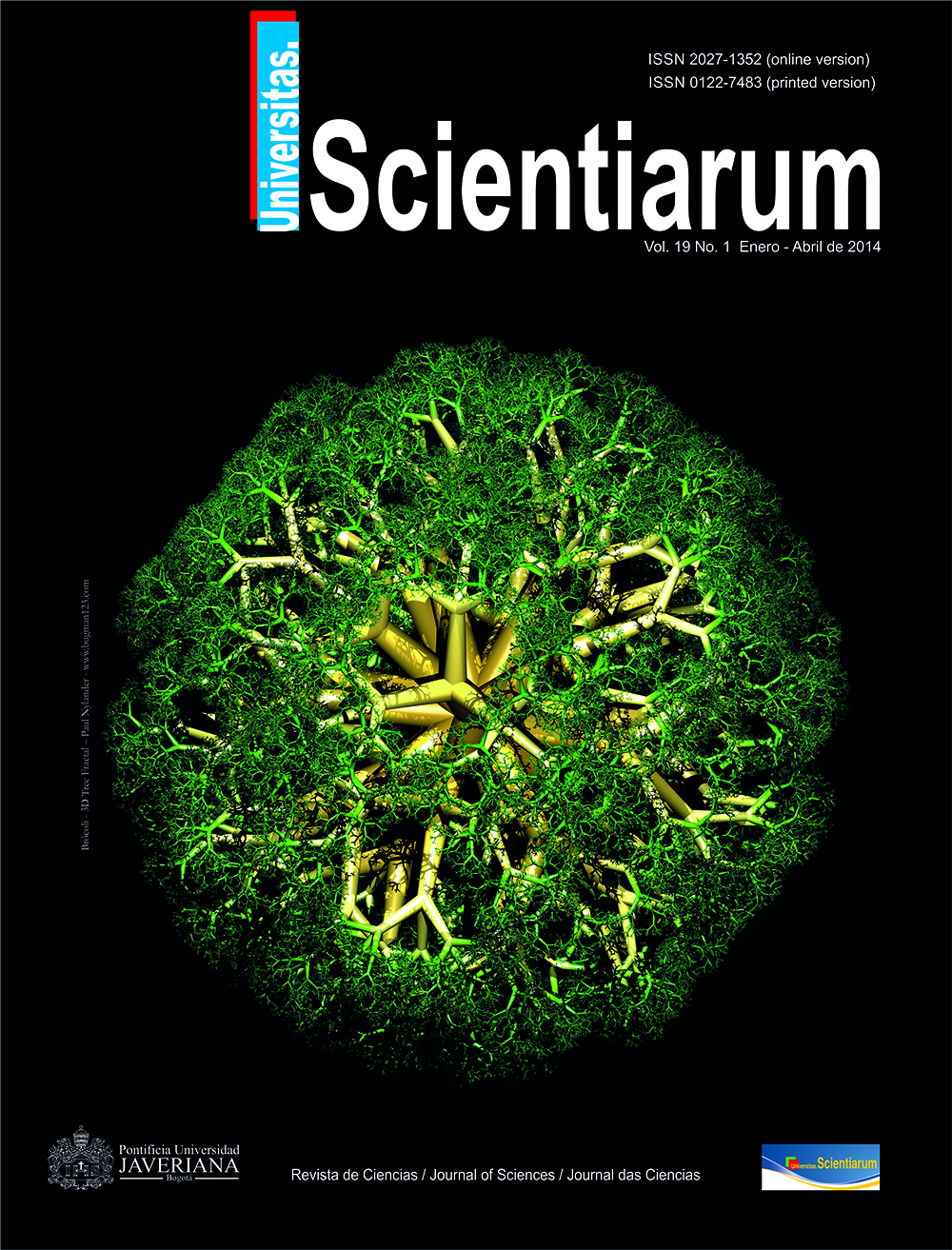Abstract
Low carbon cold drawn steel was deformed using equal channel angular pressing to evaluate its mechanical properties and microstructure, while assessing the possibility of improving properties beyond the cold drawn process. We used low carbon cold drawn steel with a composition of 0.16% C, 0.8% Mn, 0.2% Si, 0.02% P, 0.012% S and Fe balance. The process was carried out at room temperature and four passes at route Bc with a deformation of ~0.6 in each pass. Using scanning electron microscopy and x-ray diffraction, we evaluated the evolution of the structure before and after deformation as well as the mechanical properties of microhardness and tensile strength. A slight increase in the mechanical properties occurred when the number of passes was increased. There were changes in the original ferritic-pearlitic structure with the refinement of ferrite grains and pearlite deformation.Univ. Sci. is registered under a Creative Commons Attribution 4.0 International Public License. Thus, this work may be reproduced, distributed, and publicly shared in digital format, as long as the names of the authors and Pontificia Universidad Javeriana are acknowledged. Others are allowed to quote, adapt, transform, auto-archive, republish, and create based on this material, for any purpose (even commercial ones), provided the authorship is duly acknowledged, a link to the original work is provided, and it is specified if changes have been made. Pontificia Universidad Javeriana does not hold the rights of published works and the authors are solely responsible for the contents of their works; they keep the moral, intellectual, privacy, and publicity rights. Approving the intervention of the work (review, copy-editing, translation, layout) and the following outreach, are granted through an use license and not through an assignment of rights. This means the journal and Pontificia Universidad Javeriana cannot be held responsible for any ethical malpractice by the authors. As a consequence of the protection granted by the use license, the journal is not required to publish recantations or modify information already published, unless the errata stems from the editorial management process. Publishing contents in this journal does not generate royalties for contributors.



